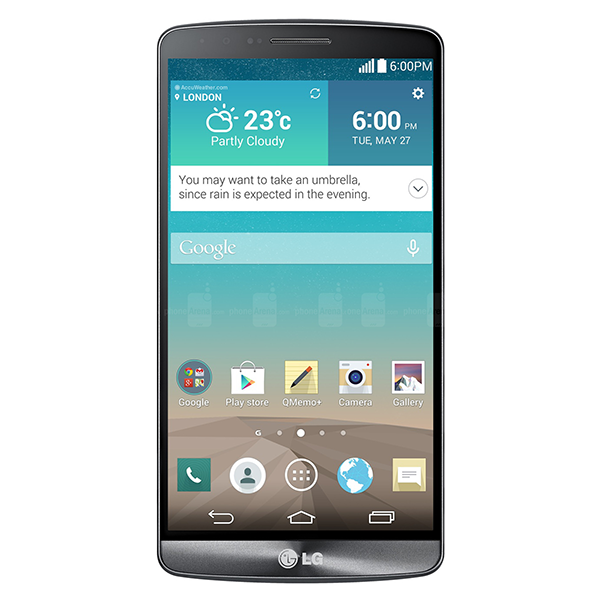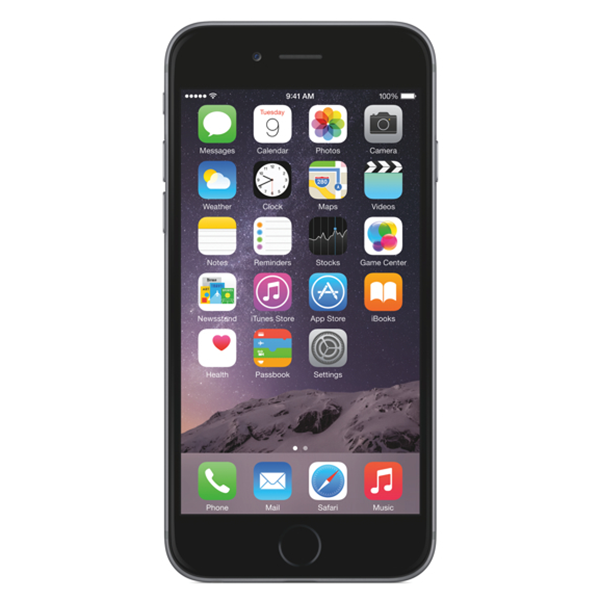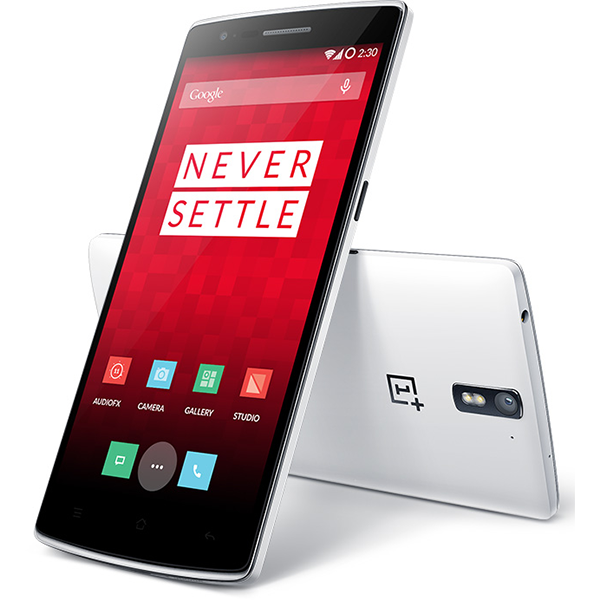LG G3 Smartphone Review: A Plethora Of Pixels And A Laser!
The LG G3 combines cutting-edge hardware, including a 5.5-inch WQHD screen and laser autofocus system, with a lightweight body and slim bezels to create a phone that was ahead of its time. Is it still worth your consideration? Read on for our impressions.
Why you can trust Tom's Hardware
How We Tested
Benchmark Suite
Our current Android test line-up comprises six key sections: CPU, Web, GPU, GPGPU, Display, and Battery.
| HTML5 And JavaScript Benchmarks | Browsermark 2.1, JSBench, Peacekeeper 2.0, WebXPRT 2013 |
|---|---|
| CPU Core Benchmarks | AnTuTu X (Anti-Detection), Basemark OS II Full (Anti-Detection), Geekbench 3 Pro (Anti-Detection), MobileXPRT 2013 |
| GPU Core Benchmarks | 3DMark (Anti-Detection), Basemark X 1.1 Full (Anti-Detection), GFXBench 3.0 Corporate |
| GPGPU Benchmarks | CompuBenchRS |
| Display Measurements | Brightness(Min/Max), Black Level, Contrast Ratio, Gamma, Color Temperature, Color Gamut (sRGB/AdobeRGB) |
| Battery Tests | Basemark OS II Full (Anti-Detection), BatteryXPRT 2014, GFXBench 3.0 Corporate |
Test Methodology
All handsets are benchmarked on a fully updated copy of the device's stock software. The table below lists other common device settings that we standardize to before testing.
| Bluetooth | Off |
|---|---|
| Brightness | 200 nits |
| Cellular | SIM card removed |
| Display Mode | Device Default (non-adaptive) |
| Location Services | Off |
| Power | Battery |
| Sleep | Never (or longest available interval) |
| Volume | Muted |
| Wi-Fi | On |
Furthermore, for browser-based testing on Android, we're employing a static version of the Chromium-based Opera in order to keep the browser version even across all devices. Due to platform restrictions, Safari is the best choice for iOS-based devices, while Internet Explorer is the only game in town on Windows RT.
Comparison System Specs
Qualcomm’s Snapdragon family is popular among Android handset OEMs, with most current high-end phones coming with a Snapdragon 800 series SoC. The LG G3, like many of the 2014 flagship phones, is using the highest performing 8974AC variant of Snapdragon 801. We’ll be comparing the G3 to the OnePlus One and Samsung Galaxy S5, both competing phones that use the same SoC. We’re including the Oppo N1 (running CyanogenMod), not because it’s a direct competitor with the G3, but to show the performance difference between the Snapdragon 801 and the mid-range 600. The brand new Galaxy Note 4 uses the latest Snapdragon 805 SoC.
The table below contains all the pertinent technical specifications for today’s comparison units:
Note: The Canadian G3 we tested used software version KVT49L. It’s unfortunate that six months after its release, the G3 is still running Android 4.4.2. Apparently, LG is going to skip version 4.4.4 and go straight to 5.0 Lollipop.
The LG G3 should have similar system performance to the OnePlus One and the Galaxy S5, since they’re all using the same SoC. However, on-screen GPU performance is expected to be lower on the G3 due to its higher-resolution QHD display. Both the Note 4 and iPhone 6 Plus, with their newer CPU and GPU architectures, will demonstrate stronger performance numbers.
Get Tom's Hardware's best news and in-depth reviews, straight to your inbox.
Excluding the Oppo N1, which is the largest phone of the group, all of the review units have similar sized batteries. Will they all have similar battery life, or will the different screen sizes for the two Galaxy devices skew the results?
-
Vorador2 At this point, i wouldn't bother. Rumors have surfaced than a successor will be launched in March.Reply
Tom's, you're almost at the point of self-parody. I would rename the site to "The Slowest Authority on Tech" -
wtfxxxgp For once I must agree that THW has dropped the ball on a very important phone review - it was too late - and the "better late than never" gesture never applies to a Review of something. My sister has just purchased this phone a week ago, had I had sight of a THW review then I'm sure I could have convinced her to rather wait for the next model that would surely have better support for that gorgeous screen - I played with it, it really is amazing watching video on that thing.Reply -
zodiacfml It's quite late and learned little except the voice activated shutter feature. Most of the information are subjective and benchmarks are quite of little use since the database is quite few.Reply
Tom's, here is a suggestion. Since you're good with gaming benchmarks, why not just make reviews of smartphones as portable gaming machines? There's plenty of information to be gathered from such and plenty of debates/discussion could be created just from that.
Build a database of old games and phones to be compared to new devices. Higher benchmark numbers encourages upgrades (*wink*). -
Cryio Absolutely no Lumia in the photo shoot comparison? I thought. A Lumia 1020 or Lumia 930 with Denim should have photo sampling comparisons in the next list. Also an iPhone 6+.Reply -
bujcri Suprised not to be mentioned about LG's Lollipop update for LG G3. At least worth mentioning that this update pretty much ruined some funtions on G3 like silent mode (now DND) and brought a lot of useless notifications on lockscreen like for example whatever you wanna have permanently on the notification bar (I used to have the date there). In a nutshell I really hate Lollipop.Reply -
kiniku I sold this phone on Ebay and bought a Sony Xperia Z3. I went from 8-10 hours of battery life to 48+, brighter screen, water resistant, and amazing sound.Reply -
glasssplinter I had to look at this article several times to confirm that you really just published this. New phone models are just around the corner and you're barely pushing this article out. Why did you feel the need to compare so many features to crapple tech also? The whole reason I'm interested in the phone is because it isn't crapple so people don't care how it stacks up. We want to know how it compares to other android phones. It's like putting the newest icrap review out and then saying but the icrap 10 still doesn't have a removable battery but this android and windows phone does in some hope of swaying them. Tom's has hit new lows...you would have been better off just not publishing this.Reply -
MobileEditor ReplyMan! I can't wait for the new Samsung Galaxy S4 review!
Don't buy it. Review done :)
- Matt H.


